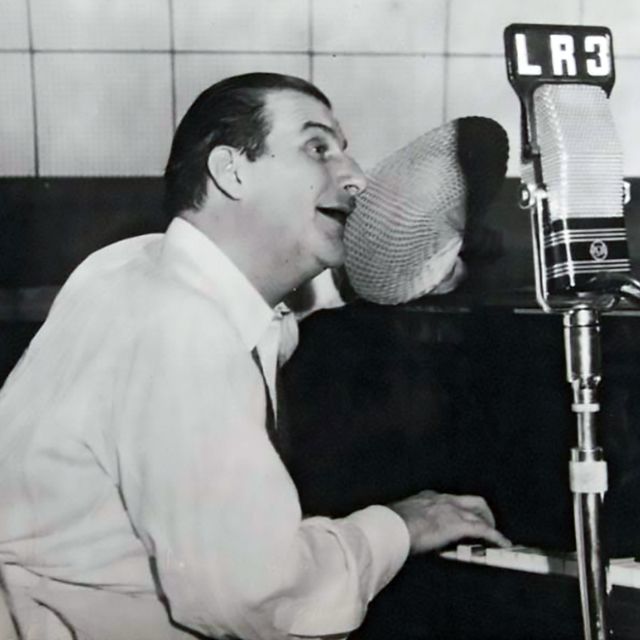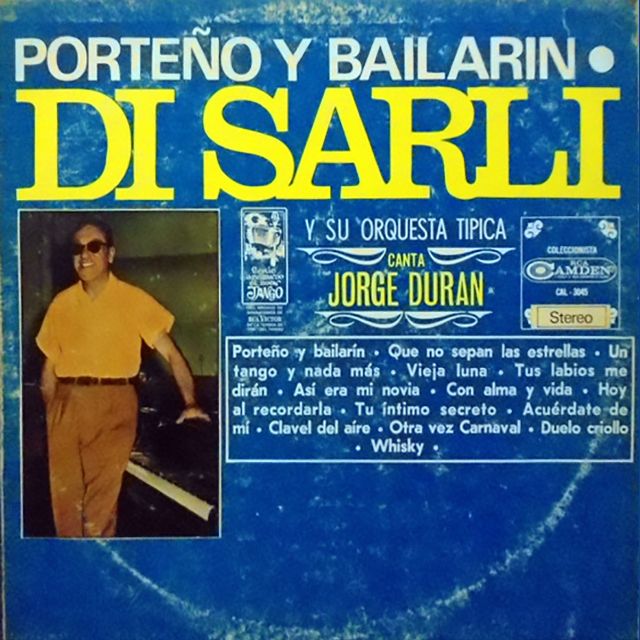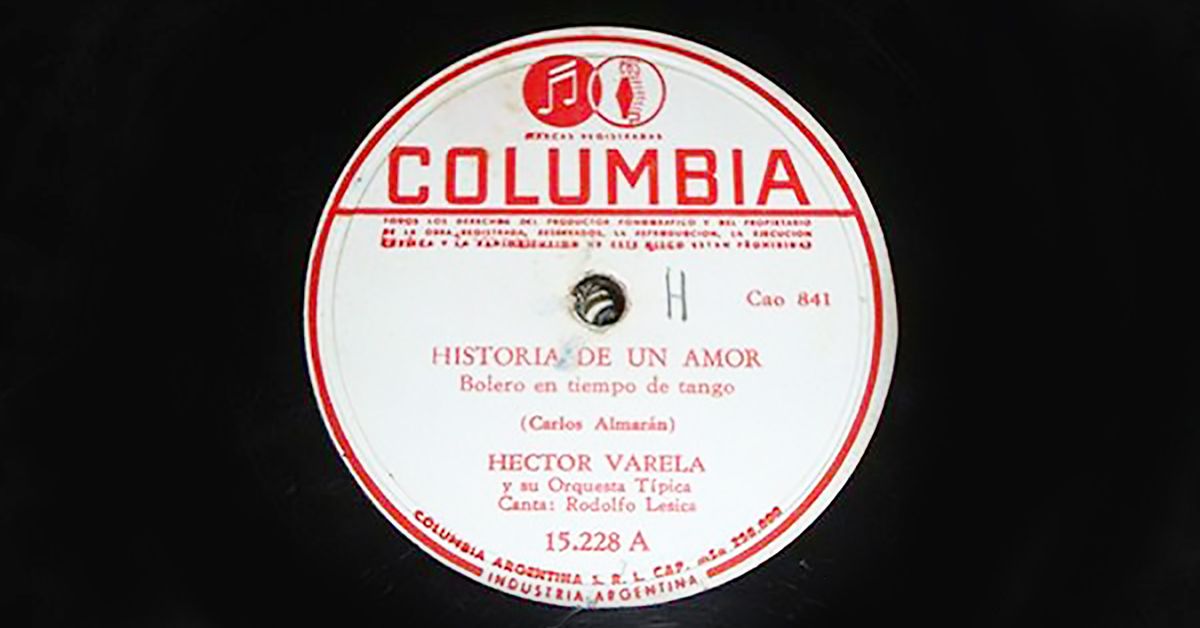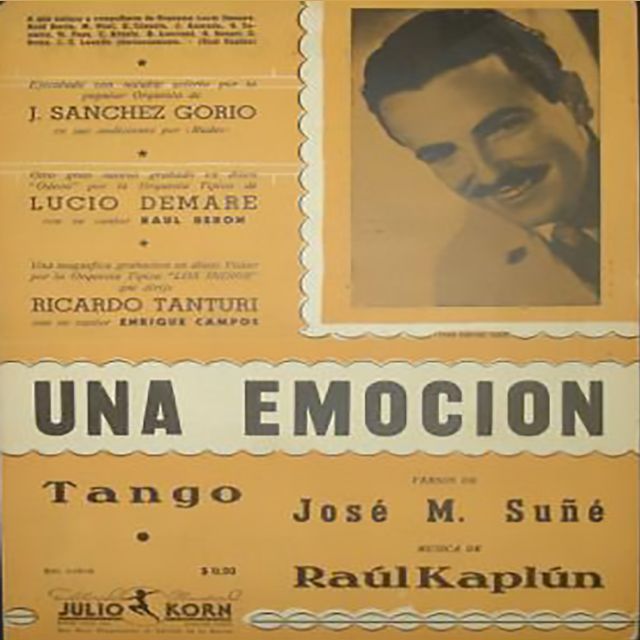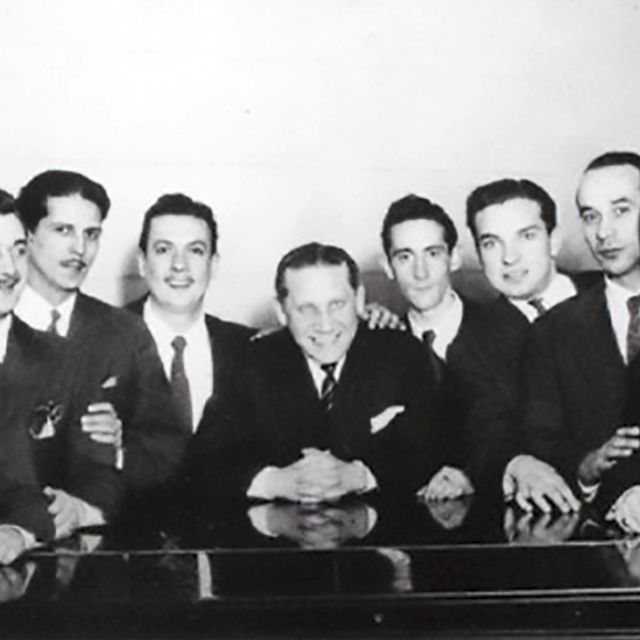“Araca la cana” by Osvaldo Fresedo y su Orquesta Típica with Roberto Ray in vocals, 1933.
“Araca la cana” by Osvaldo Fresedo y su Orquesta Típica with Roberto Ray in vocals, 1933.

Enrique Delfino
Pianist, composer, leader, actor and humorist (November 15, 1895 – January 10, 1967)
He composed over two hundred tangos, wrote music for the movies for numerous theater plays, and toured several European countries, performing as a clownish player and humorist.
When at an opportunity, he was asked how he made possible the coexistence of the joy of his public appearances with the sentiment and seriousness of his compositions, he replied:
“My tangos are like me, kind of porteño, romantic, and nostalgic. The musical humorist is my artistic ability, which gave me a certain recognition and made me very happy.”
There was a time when everybody in Buenos Aires sang his melodies, which were interpreted by the principal orchestras and were sang by the best vocalists.
Listen and buy:
-
Amazon music
-
iTunes music
-
Spotify
We are happy to have a collaboration with the people from tangotunes.com from whom some of you may have heard, they do high-quality transfers from original tango shellacs.
It is the number 1 source for professional Tango DJs all over the world.
- Now they started a new project that addresses the dancers and the website is https://en.mytango.online
You will find two compilations at the beginning, one tango and one vals compilation in amazing quality.
The price is 50€ each (for 32 songs each compilation) and now the good news!
If you enter the promo code 8343 when you register at this site you will get a 20% discount!
Thanks for supporting this project, you will find other useful information on the site, a great initiative.
More Argentine Tango music selected for you:
We have lots more music and history
